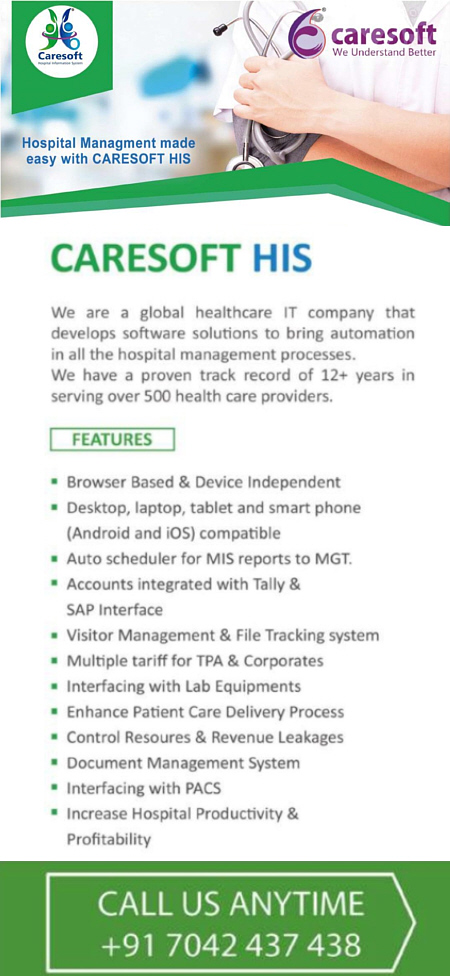Pediatric Vaccination Updates Every Doctor Should Track
The 2025 pediatric vaccination guidelines bring important updates, especially for RSV, COVID-19 and influenza. Doctors must adapt quickly, communicate effectively with parents and emphasize timely immunization to safeguard children’s health.
.jpeg)
For a pediatrician in India, every day brings a new challenge. Between clinic hours, hospital rounds and anxious parents, keeping up with the latest medical advances can feel like a monumental task. Yet, when it comes to immunizations, staying updated is not just about professional diligence; it is about offering every child the strongest possible shield against disease. The guidance for 2025 brings some significant shifts, particularly in how we approach respiratory viruses. This article breaks down these updates into clear, actionable insights for the busy doctor.
2025 vaccine updates:
This year, the focus is squarely on strengthening our defenses against illnesses that commonly fill pediatric wards during specific seasons. Global bodies like the AAP and ACIP have released their latest guidelines, which heavily influence protocols worldwide, including our own considerations in the Indian context.
The most talked about changes revolve around RSV protection and more nuanced recommendations for COVID-19 and flu shots. Instead of a complex table, here are the key takeaways in a straightforward way:
RSV (Respiratory Syncytial Virus): We finally have a powerful tool to protect our youngest patients. The monoclonal antibody immunization (Nirsevimab) is a key recommendation. It is designed for infants under eight months old entering their first RSV season and for high risk toddlers up to 19 months.
COVID-19: The approach has evolved. For children between 2 and 18 years, the recommendation is now a single dose, based on risk assessment. However, for our most vulnerable group like children aged 6 to 23 months, universal vaccination remains the standard advice.
Influenza: The message remains consistent and critical: an annual flu shot for every child over six months of age is a non-negotiable part of preventive care, unless there is a clear medical reason to avoid it.
Tackling respiratory viruses:
These updates mark a real step forward. RSV, a major reason for infant hospitalizations, can now be proactively managed. For practicing doctors, this means having a crucial conversation with expectant parents. We can explain the two primary strategies: the mother can receive an RSV vaccine during pregnancy or the newborn can be given the monoclonal antibody shot soon after birth. It is about offering a clear choice for early protection.
Regarding COVID-19, the move to a risk based model for older children allows us to focus our efforts where they are most needed. It acknowledges the landscape while maintaining a safety net. The vaccine should be available to any child whose parents seek protection, but the emphasis is on ensuring that high risk children, those with underlying conditions or in care facilities are prioritized.
On-time immunization:
With all these updates, one principle remains unchanged: the importance of the recommended vaccination timeline. Some parents, armed with information from various sources, might ask about delaying or creating alternative schedules.
Our role here is to gently but firmly explain the science. The standard schedule is meticulously designed to protect a child when they are most susceptible. Spreading out shots only extends the window of vulnerability. There is no reliable evidence that alternative schedules are beneficial. The goal is always on time immunization. It is the safest, most effective way to ensure a child’s immune system is prepared well before they encounter a potentially serious disease.
Talking to parents:
The best medical guideline is only as good as our ability to communicate it. In India, where family concerns and community opinions hold great weight, a doctor’s conversation can make all the difference.
How can we build that essential trust?
- Speak in simple terms: Avoid medical jargon. Instead of "monoclonal antibodies," explain it as "a ready-made shield of protective soldiers given directly to the baby."
- Listen first: When a parent expresses fear, hear them out. Dismissing their concerns only creates distance. Address common myths like the long debunked link to autism with patience and clear facts.
- Explain the ripple effect: Help them see the bigger picture. Vaccinating their child does not just protect their family; it helps safeguard the community, including newborns who are too young for vaccines and children with weakened immune systems. This concept of community immunity resonates deeply.
Think of a vaccine as a training manual for the body’s defense system. It safely teaches the immune system to recognize a dangerous germ, so it is ready to fight it off effectively in the future. This simple analogy can turn anxiety into understanding.
Moving forward:
The world of pediatrics never stands still and the 2025 vaccine updates are a positive sign of that progress. For doctors across India, integrating these changes into our practice is a crucial next step. By pairing this new knowledge with compassionate and clear communication, we can do more than just administer vaccines. We can build confidence, alleviate fears and ultimately ensure that every child who walks into our clinic has the best chance for a healthy life. It is a responsibility we all share, one shot at a time.
#healthvoice #Pediatrics #ChildHealth #Immunization #Covid19 #HealthyKids #Vaccination #VaccineUpdates #HealthcareIndia #DoctorsOfIndia #ParentAwareness #PublicHealth #PreventiveCare #ChildSafety #HealthyIndia
